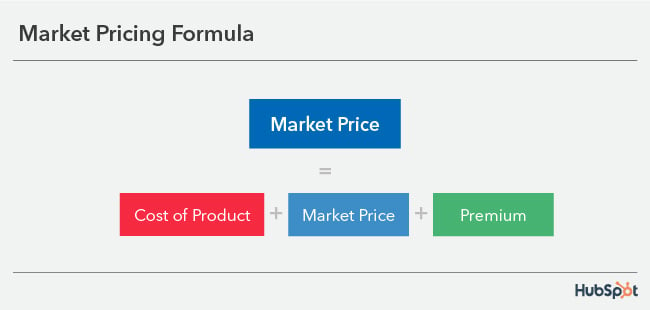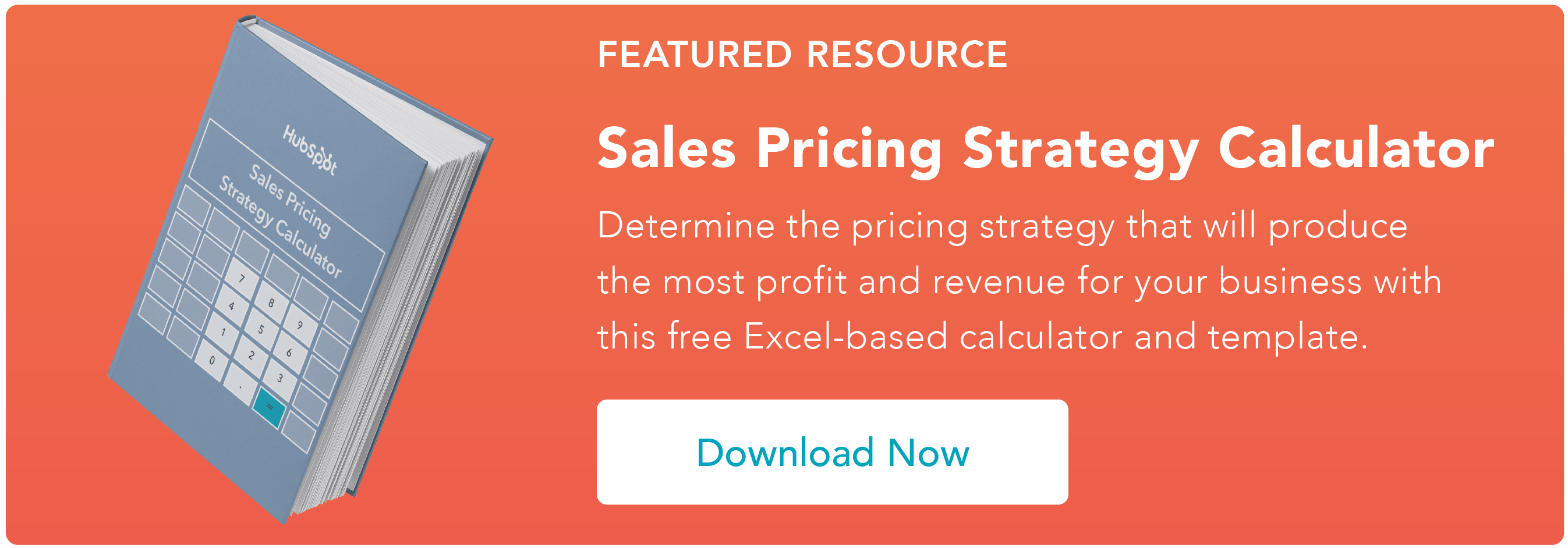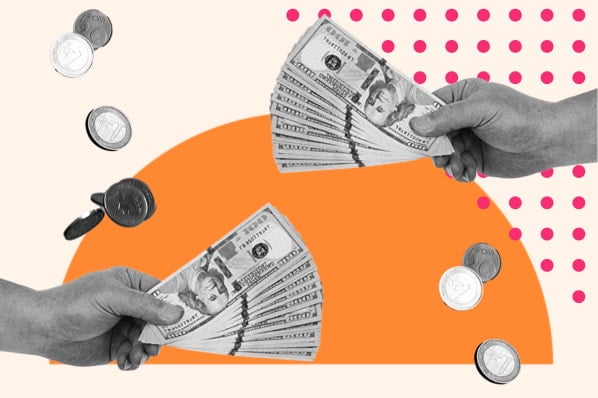A pricing strategy is how you establish the best price for what your business is selling.

Market-based pricing is a commonly used strategy, as remaining competitive in your industry is always a best practice.
Read on to learn everything you need to know about market pricing, how to calculate your own market price and examples of it in action.
What is market pricing?
Market pricing is when you set a cost for your product or service based on the prices for the same or similar products offered by your competitors.
This model helps your business stay competitive and grounded in your pricing so you don’t charge a lot more than competitors and lose out on valuable revenue, or charge a lot less and leave customers thinking that your competitors offer more features than you do.
Essentially, you define a cost based on the going rate for products and services similar to yours, and there are three types of market pricing: pricing below competitors, matching competitor pricing, or pricing above competitors. Let’s go over some examples of businesses that have done this.
Market Pricing Examples
1. Apple Music and Spotify
Apple Music and Spotify are the two biggest music streaming services for people to choose from. Both businesses have used market pricing to offer its service at the exact same price point — Apple’s individual plan is $9.99/mo and Spotify’s individual plan is $9.99/mo.
The prices match, leaving customers to make a choice based on their preferred features, rather than their preferred price points. This allows both businesses to focus less on beating out the competition with price, but instead focus on creating experiences that are valuable to the consumer and speak to their needs.
2. Target and Five Star
Big-box retailer Target sells its own brand of notebooks that are in direct competition with other big named office supplies brands, like Five Star. You can get a one subject Target brand college ruled notebook for 0.99 cents, or the same form Five Star for $3.39. Note that prices may vary by region.
Target does this in the hopes that customers will realize the money they’ll save with the cheaper option and select its notebook over higher-priced competitors.
Pros and Cons of Market Pricing
The most significant benefit of market pricing is that it’s easy to execute as you simply analyze your competitors and their prices and determine your price point. The industry research is straightforward, and you won’t be left with challenging calculations.
While staying competitive in your industry is important, the drawback to market pricing is that it doesn’t consider your customers. Your focus is not on their price sensitivities or the perceived value of your product, so you may overestimate how much they are willing to pay. Or, you price what you’re selling too low and miss out on revenue opportunities. In addition, when you choose to use your competitors as anchoring points, their calculations for their prices could be wrong, so you’re inaccurately representing yourself in the market.
It is, however, possible to combine market pricing with other strategies to have a well-rounded pricing model. For example, you don’t want to disregard labor costs and production, so you can combine a cost-plus pricing model that accounts for your costs plus customer value, and then use market pricing to compare your results to competitors and set a final price.
Market Pricing Strategy
Your market pricing strategy is based on one thing: studying your market. You want to do research on competitors and what they charge for products and services that are similar or the same as yours.
It’s important to focus intently on products and services from businesses that are suitable competitors, so you’d want to look at customer reviews and public perception. You also want to take note of additional factors and costs that go into creating your product, as that is part of the market pricing formula that will help you determine a final number.
Market Pricing Formula
The market pricing formula is as follows: Cost of Product + Market Factor Price + Premium

Within the equation, the cost of your product is what you’ve determined your product is worth, market price is the cost of a similar product in the market, and premium is any additional costs that you want to factor in for your product to pay off, like the cost of materials, production, and labor.
Once you’ve completed the formula, you can compare your end cost to the market cost, and set your price point based on that.
Over To You
Choosing to use the market pricing strategy depends entirely on your business needs and how you want to appear in your market. However, if you want to stay competitive, it’s always worthwhile to understand what your industry competitors are doing and factoring that into your pricing model.







![Price Skimming: All You Need To Know [+ Pricing Calculator]](https://blog.hubspot.com/hubfs/price-skimming-strategy.jpg)


![B2B Pricing Models & Strategies [+ Pros and Cons of Each]](https://blog.hubspot.com/hubfs/b2b-pricing-models-and-strategies.jpg)
